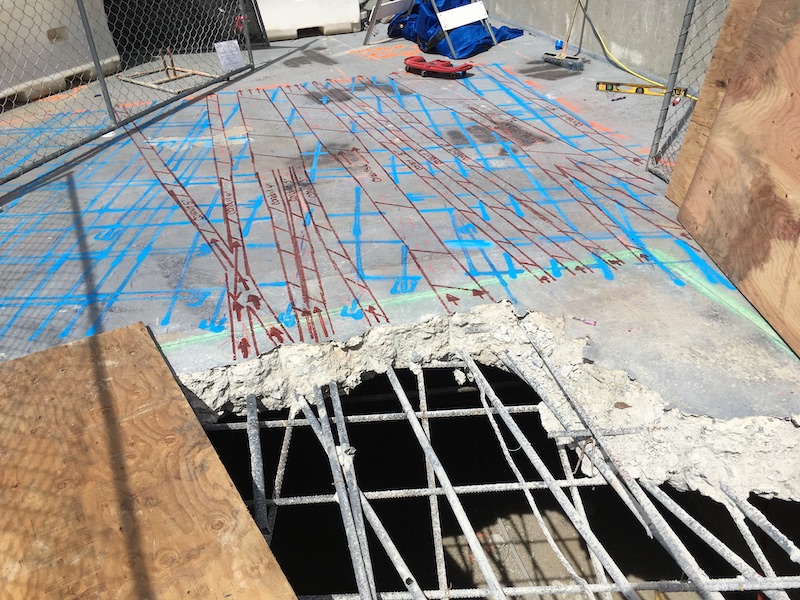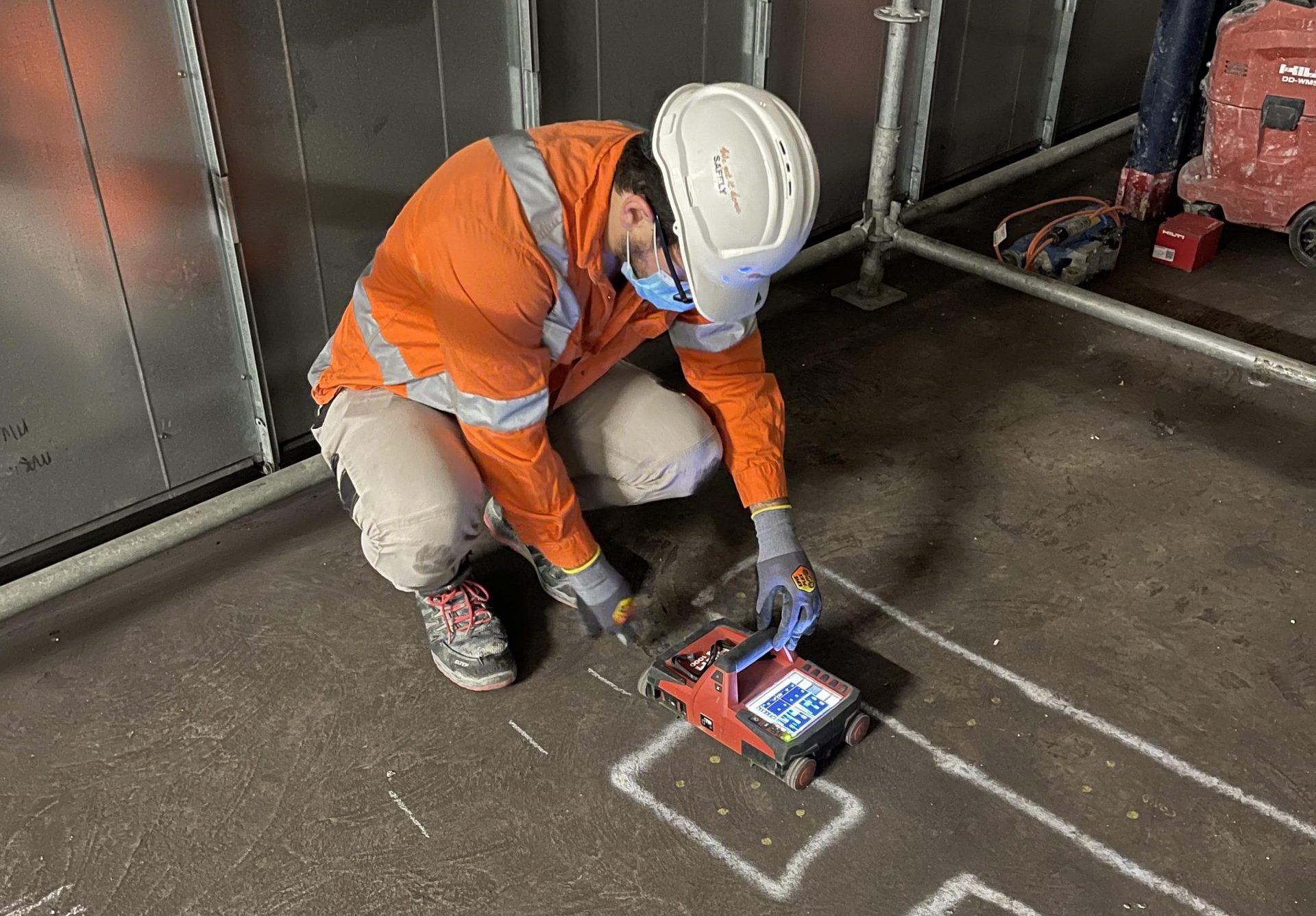Nationwide RainierGPR Service Areas for Advanced Concrete Scanning
Nationwide RainierGPR Service Areas for Advanced Concrete Scanning
Blog Article
Concrete Scanning: A Crucial Action In The Direction Of Making Certain Architectural Honesty and Safety
In the world of building and infrastructure maintenance, the relevance of concrete scanning can not be overemphasized. This precise procedure holds the crucial to unveiling possible hazards hidden below the surface of relatively solid frameworks. By utilizing innovative technology and approaches, concrete scanning acts as a critical tool in ensuring that the honesty and safety and security of structures and bridges are promoted to the highest possible requirements. Nevertheless, past its surface-level implications, the duty of concrete scanning expands much deeper than meets the eye.
Importance of Concrete Scanning
Concrete scanning plays a critical function in ensuring the architectural integrity and security of structures and infrastructure jobs. By making use of sophisticated innovations such as ground-penetrating radar (GPR) and electro-magnetic induction, professionals can non-destructively check concrete structures to spot possible problems, voids, ingrained items, and reinforcement layout. This procedure makes it possible for very early discovery of anomalies that might jeopardize the security of a structure, protecting against pricey problems and guaranteeing the safety of owners.
Before boring, cutting, or coring right into concrete, scanning helps determine the specific places of rebar, post-tension wires, and various other ingrained aspects, minimizing the threat of unintentional hits that could lead to structural weak points. Additionally, concrete scanning aids in top quality control by confirming the density of concrete covers and identifying any type of discrepancies that may influence the overall longevity of the framework.
Technology for Concrete Evaluation

Advantages of Very Early Detection
Prompt detection of structural problems can dramatically mitigate dangers and guarantee the long life of building projects. By recognizing possible issues early on in the building process, stakeholders can take aggressive measures to deal with issues before they intensify into larger and extra pricey issues. One of the essential benefits of early discovery is the avoidance of architectural failings, which can present serious safety risks and cause project delays and economic losses.
Moreover, early detection permits prompt repair services and upkeep, which can help expand the life-span of the framework. By dealing with problems promptly, construction groups can prevent pricey repair services and even the need for early substitute of structural components. This aggressive technique not just saves money and time however also boosts the total security and toughness of the building task.
In addition, early discovery can enhance project preparation and decision-making by offering stakeholders with valuable understandings right into the problem of the framework. Armed with directory this details, task supervisors can make educated selections concerning building techniques, materials, and timelines, leading to extra successful and reliable task results.
Ensuring Architectural Stability
Making sure the structural security of a building and construction project is paramount to its security and longevity. Concrete scanning plays an essential function in making sure architectural security by identifying possible problems such as gaps, delamination, or reinforcement rust that can endanger the integrity of the structure over time.
By utilizing innovative scanning modern technologies like ground-penetrating radar (GPR) and electro-magnetic induction, construction experts can non-invasively examine concrete frameworks to recognize locations of worry below the surface. This proactive technique enables for the early discovery of problems or weak points, making it possible for timely repair work or support to avoid architectural failures.
Regular concrete scanning during different building phases and throughout the life process of a structure can assist maintain its stability, alleviate threats, and ensure the safety web and security of passengers. By prioritizing structural security via concrete scanning, construction tasks can improve their resilience and sturdiness, ultimately adding to higher safety and long life.

Protecting Against Critical Failings
Carrying out regular evaluations, such as concrete scanning, can disclose covert defects like voids, fractures, or rust that might endanger the integrity of a framework. By using innovative scanning innovations like Ground Penetrating Radar (GPR) or Concrete X-ray, engineers can non-destructively assess the problem of concrete and determine weak factors that call for reinforcement or repair work.

Conclusion
Finally, concrete scanning plays a critical duty in making sure architectural stability and safety and security by his explanation making use of innovative modern technology for very early detection of prospective issues. This proactive approach assists prevent vital failures and guarantees the stability of frameworks. It is important to prioritize concrete inspection as a basic method to secure the durability and security of buildings and framework.
Concrete scanning plays an important function in ensuring the structural integrity and safety and security of structures and facilities tasks. Furthermore, concrete scanning aids in high quality control by verifying the thickness of concrete covers and spotting any discrepancies that may influence the overall toughness of the structure. Concrete scanning plays a crucial function in ensuring structural security by identifying prospective problems such as spaces, delamination, or reinforcement corrosion that could compromise the stability of the structure over time.

In conclusion, concrete scanning plays a vital function in ensuring architectural stability and safety by making use of innovative innovation for very early discovery of possible concerns.
Report this page